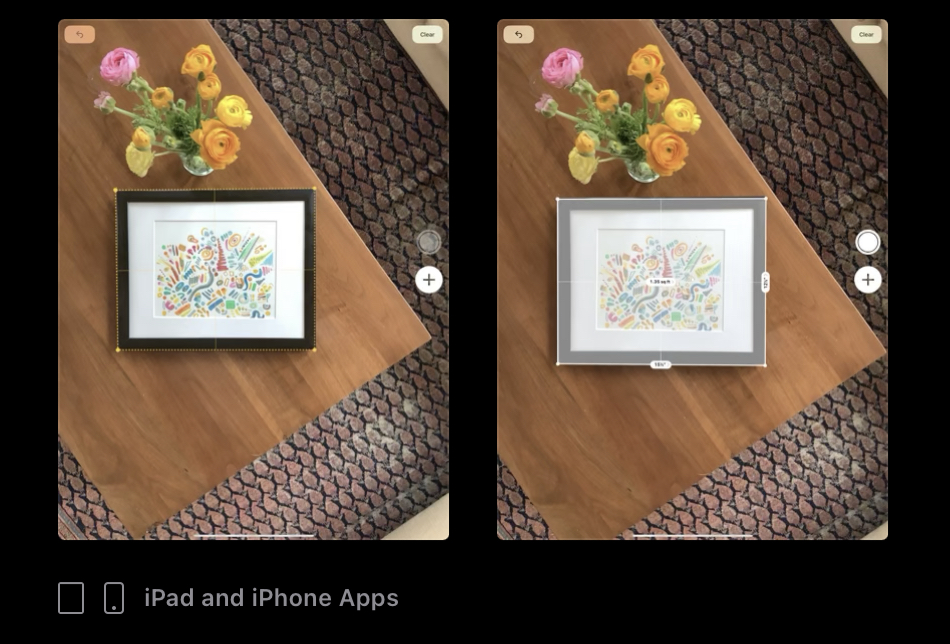How to Test Out Your iPhone 12 Pro’s Exciting, New LiDAR Sensor
 Credit: Apple
Credit: Apple
Toggle Dark Mode
Apple’s iPhone 12 introduces an interesting mix of new features, from improved design to its promising MagSafe technology. But its iPhone 12 Pro, Apple’s flagship phone, that gains a quirky new feature first seen on the most recent iPad Pro models: LiDAR.
LiDAR? What’s That?
LiDAR—also styled LIDAR, Lidar, and even LADAR—started out as a blend of the words “light” and “radar,” but was later used as an acronym: “Light detection and ranging” or “Laser imaging, detection, and ranging.
There are a number of LiDAR system designs and applications. Generally, this unique 3D scanning technology uses lasers—or other forms of light—to scan objects in the physical world. It accomplishes this by lighting up an object or physical barrier (sometimes excluding some reflective or transparent surfaces) and then measuring the reflection of the light using additional sensors (usually optical) to measure the distances from each point of the illuminated object.
Wait. Huh?
In a nutshell, LiDAR allows a device to sense the world around it in 3D. The technology is used in a variety of applications including self-driving cars and drones. Additionally, it can be used to make 3D models of objects, people, and environments.
Why Did Apple Add Laser Imaging to Its Newest Pro Phones?

The iPhone Pro series consists of Apple’s top-of-the-line phones and it has a specific focus on power, premium design, and photography/videography. LiDAR helps the iPhone Pro’s advanced camera system do more. The new sensor enables improved low-light capture, advanced AR capabilities, and opens a door to new possibilities for future applications.
How Can I See It in Action?

Because LiDAR works behind the scenes, you don’t really get to see it in real-time. Instead, photos and AR are improved without you having to do anything on your part.
Of course, if you want to see LiDAR in action, there are a few options and likely more will come from developers in the near future. Currently, LiDAR is being used by third-parties to enhance photography, film, and AR apps. Some apps also use it to scan objects, people, and rooms/homes. It’s these scanning apps that really let you get an idea of what the LiDAR sensor is capable of.
There are a couple of 3D-imaging apps that you can download today to see it for yourself.
3d Scanner App™

This simple app lets users make a variety of different scans. You can scan people, rooms, and objects and get accurate measurements for each of your scans. The scans can be viewed as simple 3D objects, colored objects, or “texturized” scans where the 3D scan is combined with photos taken from the camera array to recreate a detailed 3D scan that can be viewed on your device like normal or using AR.
The app has a number of settings that can be tweaked. When first opened the app allows you to take a quick “SD” scan. Toggle on “HD” and you can choose to change the confidence level, the range of the scan, and the resolution (how large or small the pixels will be). Object and people masking are also an option. This helps the app understand what you are attempting to scan and can even detect humans to avoid other objects while scanning.
Once scanned you can view the scan on your device or in AR, edit/crop/refine the scan, or share it in a variety of different image formats—this includes a format that is supported in iMessage so you can easily share scans with friends and colleagues.
Polycam

Polycam is similar to 3d Scanner App, but its focus is on scanning homes and rooms which is what it was designed to do. It’s limited to environment scanning and it seems to do an overall better job than the 3d Scanner App. Additionally, when scanning a home you can add on additional rooms allowing you to scan one room at a time and create a full 3D map/image of the home. You can also place the scan as an AR object and explore the scanned home/room.
Like 3d Scanner App, Polycam has a variety of sharing and refinement options. The interface is also simple and the app is easy to use.
Other apps

There are a number of developers that are beginning to incorporate LiDAR to improve their existing apps and new LiDAR-specific apps—such as the ones previously mentioned—are cropping up all of the time.
Apple’s own Measure app now leverages the new sensor and cameras to detect humans and provide a height measurement in realtime.
Be sure to be safe when using third-party LiDAR apps, read the privacy agreements so you know what information you might be sharing with the developer.
The Possibilities Are Just Beginning
Many features introduced on new devices can be gimmicky, I don’t think this is one of those. While many users won’t use LiDAR to scan rooms and objects, it will work behind the scenes to improve the functionality and experience of many apps.
Have you had a chance to play around with your iPhone 12 Pro’s LiDAR system? Which apps have you used and what did you like? What could be better? What do you want to see in the future? Let us know in the comments below and on social media.
Remember to stay safe and healthy during the holidays. Thanks for reading!






